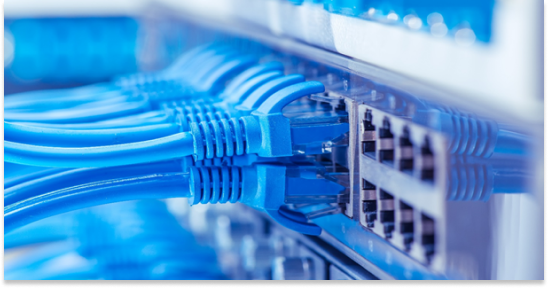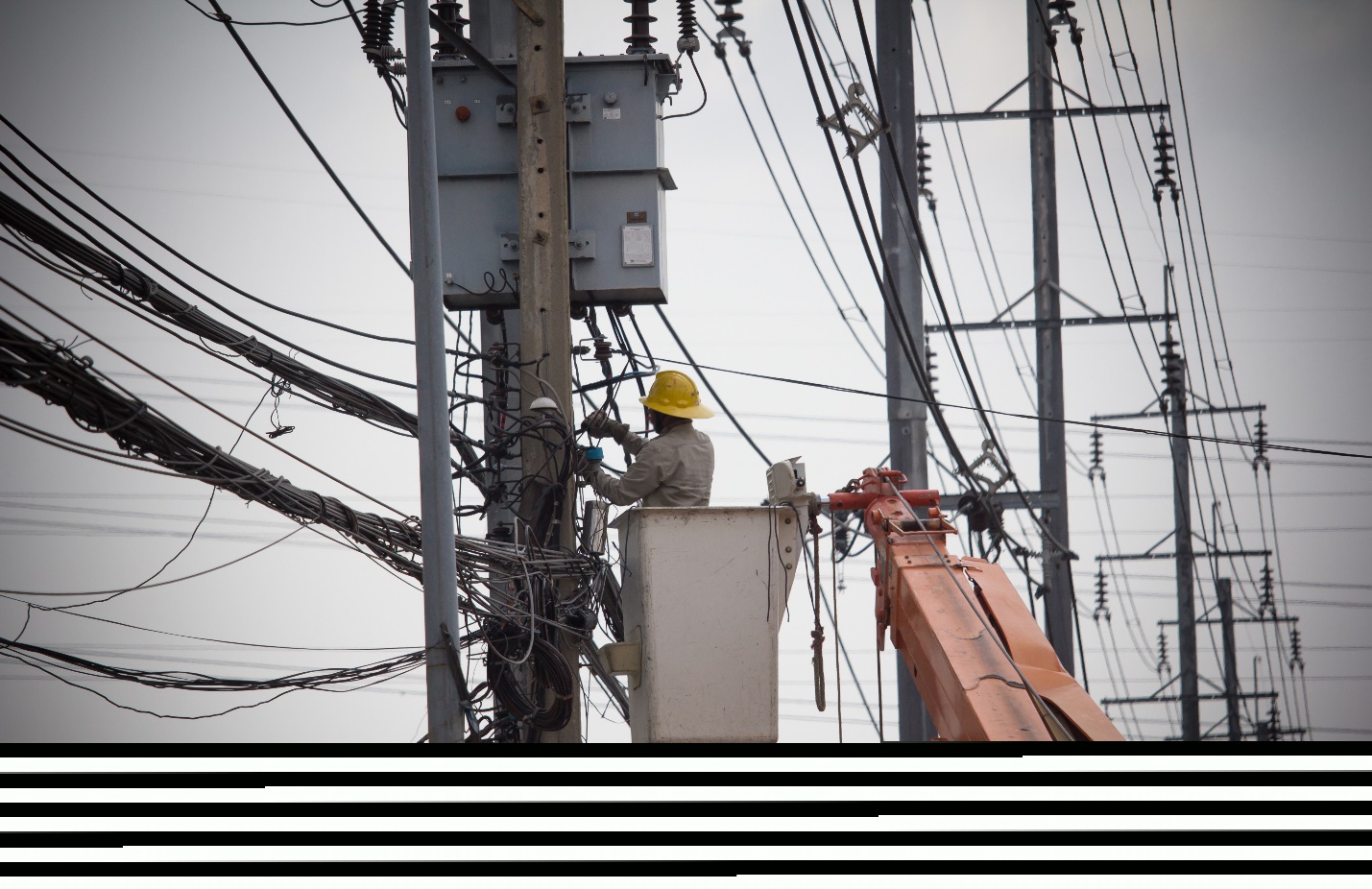April 2016 5G Update: Diverse Stakeholders Weigh In

With experts expecting the next generation of mobile broadband to reach commercial markets in 2020, the specifics of the 5G standard are still mostly undefined.
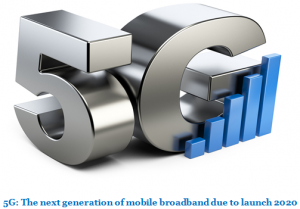
Stakeholders – experts, regulators, telecoms, and world governments ¬– agree that new networks should, in general, support large-scale data transmission with low-latency, high throughput connections processed at cloud-based hubs.
The means to these general ends of 5G update are, however, still open-ended. Although stakeholders cooperate to write the standards of each generation of mobile broadband, they also compete with each other to build the most competitive product in the free market. As a result, 5G’s most important stakeholders have different things to say about the fifth generation of mobile broadband.
Here’s the 5G Update:
Expert Opinions on Frequency Bands, Cloud Based Hubs
Last year, the Finnish telecom Nokia released a white paper detailing industry goals for 5G research and development. These goals can get pretty technical, but basically they focus the following:

– Expanding the radio spectrum available to mobile broadband from 380 MHz to 600 MHz will increase broadband capacity.
– Utilizing microwave links below the 7 GHz spectrum and/or meshed topologies will make the links between a core network and its subnetworks more efficient and less expensive.
– Introducing a load balancing system that prioritizes latency sensitive throughputs (like online gaming) will reduce latency.
– Cognitive networks that can handle end-to-end traffic steering, load balancing, and dynamic allocation of resources independently will cut operating expenses.
– Evolved power amplifiers like Gallium-Nitrate based Doherty Amplifiers, Envelope Tracking, and switched amplifiers will increase the energy efficiency of mobile networks.
Regulators Set a 2020 Deadline
– The International Telecommunication Union (ITU), the United Nation agency tasked with coordinate broadband internet and wireless technologies, typically sets international standards on each generation of mobile broadband. From the ITU, we know that the agency will determine a worldwide 5G standard in 2020. Once the ITU sets a standard, telecoms can begin mass-producing networks.
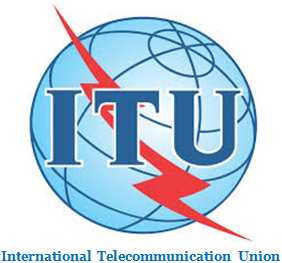
– The European Telecommunications Standards Institute (ETSI), the independent agency that developed the standard for 4G LTE, is working with the European Commission to coordinate 5G technology on the same 2020 deadline as the ITU.
Telecoms Take on Bold Projects
– In late 2014, Chinese telecom Huawei and Russian telecom MegaFon announced their plans to introduce the world’s first 5G network at the 2018 FIFA World Cup in Russia. This puts Huawei-MegaFon innovation two years ahead of regulators’
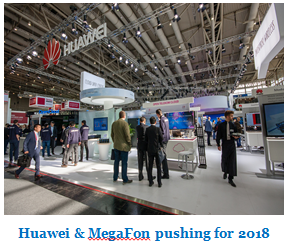
– 2020 deadline. Huawei, the largest telecommunications equipment maker in the world, committed to a $600 million investment in 5G in 2013.
– This year, South Korean telecom KT announced that it will introduce a 5G network at the 2018 Winter Olympics in PyeongChang. Earlier this year, KT completed a successful test of the 5G update backhaul platform at Phoenix Park Ski World, PyeongChang. The platform, KT revealed, transmits waves over the unutilized E-band spectrum (70-80 GHz).
Governments Pour Money Into Their Innovators
– South Korea, which boasts the world’s fastest 4G LTE networks, is solidifying its reputation by taking a lead in 5G as well. The country announced last year that it would invest an initial $1.5 billion in 5G update research and development. With the funds, the country established the 5G Forum, an inclusive research project that describes a core network
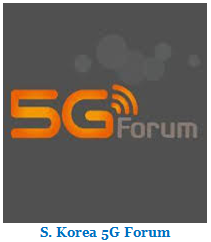
– based on multi-RAT (refers to heterogeneous multi-radio networks that are emerging network architectures, which comprise hierarchical deployments of increasingly smaller cells) interworking that features fully distributed network architecture with a single level of hierarchy.
– On 19 April 2016, the European Commission (the executive body of the European Union) outlined its 5G goals in a list of coordination measures. Previously, the European Commission allocated €700 for 5G deployment and secured a cumulative investment of €3.5 billion from European industry to support 5G update research, development, and deployment within EU borders.



